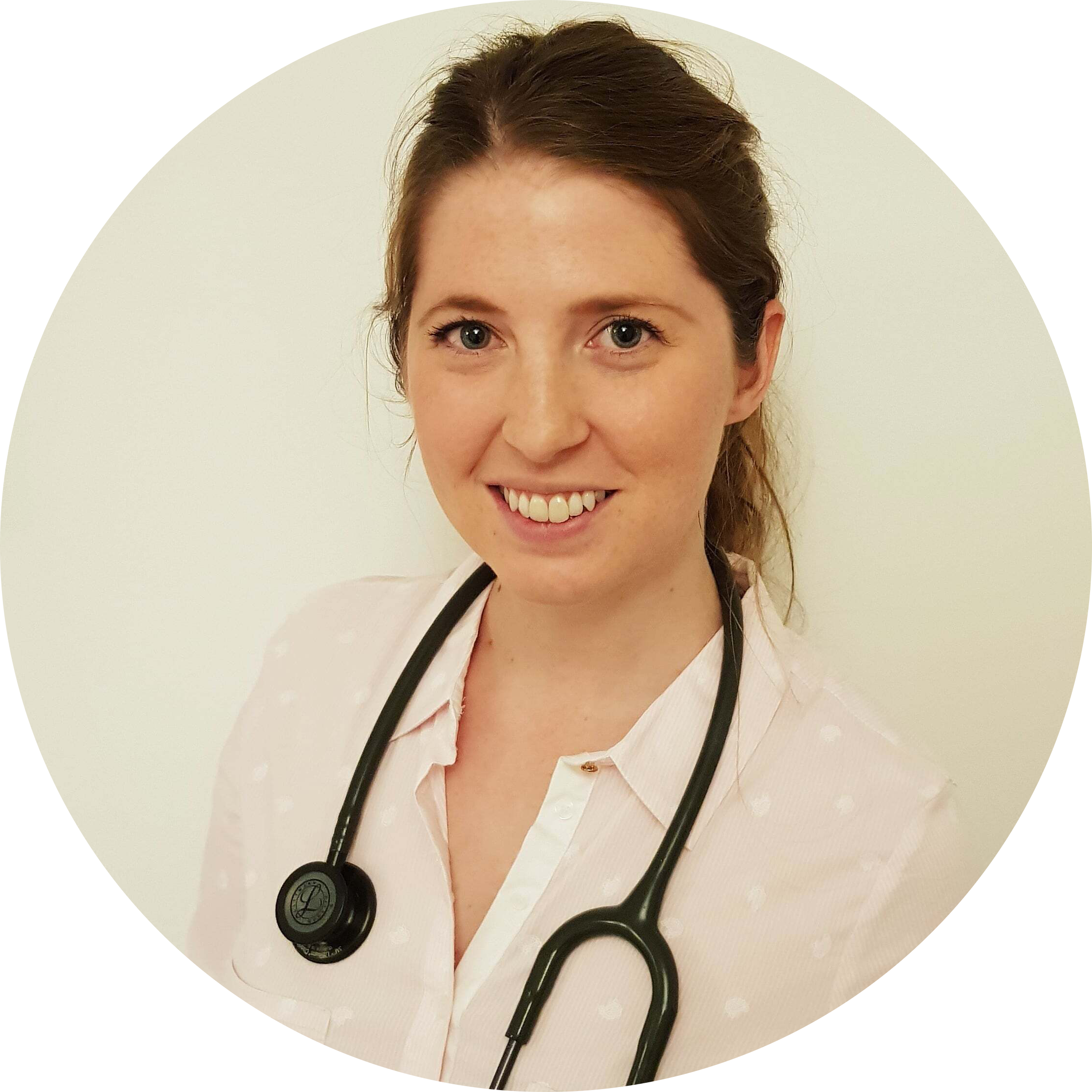Heart failure
Reviewed by:
Dr Rhianna McClymont
, Lead GP at Livi
Heart failure means that the heart is too weak or stiff to pump blood around the body efficiently. Find out why it happens and what changes you can make to your lifestyle to have a positive impact on your heart health.

What is heart failure?
Heart failure (sometimes called congestive heart failure) means that the heart can’t pump blood around the body efficiently. This doesn’t mean the heart has stopped working altogether, but it isn’t working as well as it should.
Heart failure can come on suddenly or develop slowly over many months or even years.
Heart failure symptoms
There is a wide range of possible symptoms, but the three main signs of heart failure are:
Being short of breath – Either when you’re active or resting
Extreme tiredness – This is likely to affect you most of the time, and your body may also feel weak as your muscles aren’t receiving enough blood and oxygen
Swollen legs and ankles due to a build-up of fluids
Other heart failure symptoms can include dizziness, fast heart rate, coughing and wheezing, weight fluctuations and an irregular heartbeat.
Causes of heart failure
Heart failure is often the result of damage or weakness in the heart caused by other conditions. These include:
Coronary heart disease – When there's a build-up of fatty substances in the coronary arteries blocking the oxygen-rich blood supply to your heart
Cardiomyopathy – When your heart muscle is abnormally enlarged, thickened or stiff.
Congenital heart disease – A heart defect that you’re born with
Heart valve disease – When the heart valves are damaged, causing problems with blood flow through the heart
Abnormal heart rhythms (arrhythmias) – When your heart beats too fast, too slow or irregularly
Endocarditis – An infection that affects the heart muscle
Pulmonary hypertension – High blood pressure in the pulmonary arteries (the blood vessels that supply the lungs)
High blood pressure – Over time, this can put extra strain on the heart
Other causes of heart failure can include drinking too much alcohol, anaemia, and an overactive thyroid.
Heart failure diagnosis
A GP will start by asking about your symptoms and your medical history. They may do a physical examination and a blood test to look at how well your heart’s working.
If they suspect heart failure, you’ll be referred for more specialist tests. These might include:
Electrocardiogram (ECG) – To check your heart's rhythm and activity
Echocardiogram (echo) – A type of ultrasound scan that looks at your heart and the connecting blood vessels
Breathing tests – Like a peak flow test to see if lung problems cause your breathlessness
Chest X-ray – To check for fluid in the lungs or other lung conditions
You may be told your heart failure is a certain stage when it’s diagnosed. Heart failure is graded into four stages, ranging from Class 1, which is very mild to Class 4, which is severe. The doctor will be able to explain which stage you have and how this affects your life and the treatments you’re offered.
Treatment for heart failure
Heart failure is usually a long-term condition that can be treated with a combination of medication, lifestyle changes and medical procedures. It can’t be cured, but it’s often possible to control the symptoms and live a full life.
Treatments for heart failure include:
Medication
It’s common to take medication to treat heart failure and many people take a combination of several different types. For example:
ACE inhibitors – These encourage the blood vessels to open up, allowing your heart to pump blood around your body more efficiently.
Angiotensin-2 receptor blockers (ARBs) – These also help to relax the blood vessels and also reduce blood pressure.
Beta blockers – To slow your heart rate, reduce blood pressure and reduce the risk of irregular heart rhythms.
Diuretics – Some diuretics can reduce fluid in the lungs and help you breathe more easily.
Devices
Small devices are fitted inside the body to help treat or regulate abnormal heart rhythms.
Pacemakers – Constantly monitors your heart rate and regulates your heartbeat by sending electrical pulses to your heart.
Cardiac resynchronisation therapy (CRT) devices – Sends timed electrical impulses to the left and right ventricles in your heart's chambers to help them to pump in synch with one another.
Implantable cardioverter defibrillators (ICDs) – Continuously monitors your heart rhythm and gives out controlled electric shocks if your heart starts beating too fast.
Surgery
In some cases, surgery may be recommended. Various procedures can be effective – these include:
Bypass surgery, when a blood vessel from another part of the body is used to get around the narrowed part of the artery
Angioplasty, when the artery is stretched open with a small balloon
Heart valve surgery to repair or replace a damaged heart valve
A heart transplant may be offered in rare cases
Positive lifestyle changes
Making some of the following changes will positively impact your health and give your other treatment a better chance of being effective:
Eat a healthy, balanced diet
Stay active
Don’t smoke
Reduce your alcohol consumption
Understand your stress triggers and try to reduce stress in your life
Try to get plenty of sleep at regular times
Check your body mass index (BMI) and lose weight if you need to
Regularly check your weight as sudden weight gain can indicate excess fluid building up in your body
Control your blood pressure
- Reviewed by:
 Dr Rhianna McClymont, Lead GP at Livi
Dr Rhianna McClymont, Lead GP at Livi
